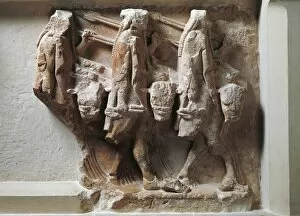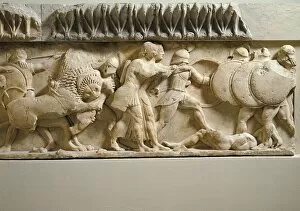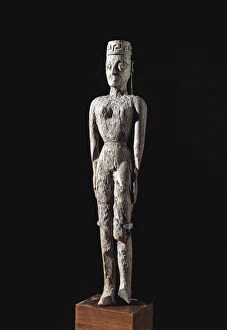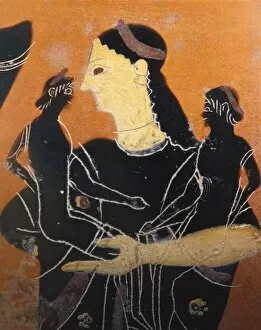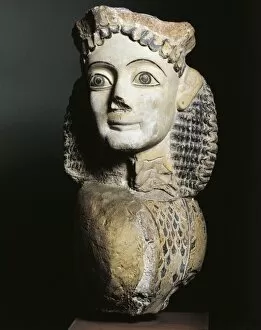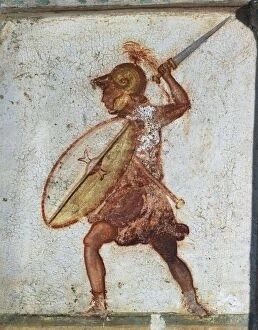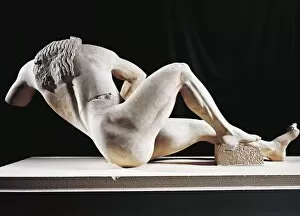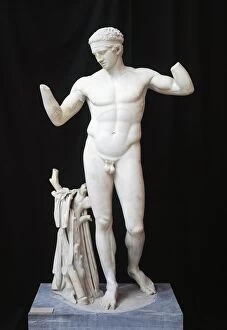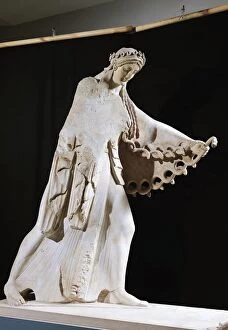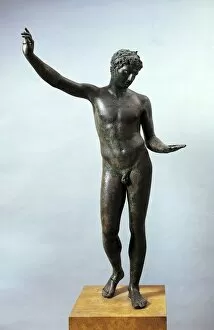Aegean Civilizations Collection (page 7)
"A Journey Through Aegean Civilizations
All Professionally Made to Order for Quick Shipping
"A Journey Through Aegean Civilizations: Exploring the Rich Heritage of Ancient Greece" Step back in time and immerse yourself in the captivating world of Aegean civilizations. From the enchanting island of Santorini to the ancient ruins of Ephesus, this extraordinary civilization has left behind a treasure trove of art and artifacts that continue to mesmerize us today. One such artifact is a stunning fresco depicting a ship procession from Akrotiri, Thera Island, Santorini. This vibrant artwork transports us to an era when Greek civilization thrived, showcasing their mastery over maritime trade and exploration. Another remarkable fresco from Akrotiri captures the essence of spring with its vivid colors and delicate brushstrokes. It serves as a testament to the Greeks' deep connection with nature and their celebration of life's renewal. The Red-figure pottery discovered at Eleusis offers us a glimpse into ancient rituals through an intricately detailed pinax. This ex-voto reveals how religion played an integral role in Greek society, shaping their beliefs and practices. Intriguingly, another fresco from Akrotiri showcases a fisherman going about his daily routine amidst breathtaking coastal scenery. It reminds us that fishing was not only vital for sustenance but also held cultural significance for these seafaring people. Moving on to Farsala, we encounter Black-figure pottery featuring a krater depicting the epic fight for Patroclus' body during the Trojan War. Such artworks were not just vessels; they served as visual narratives immortalizing heroic tales that still resonate today. A marble slab attributed to Praxiteles' School takes our breath away with its intricate relief portraying Muses from Mantinea. This masterpiece exemplifies Greek sculpture's elegance and refinement while honoring artistic inspiration itself. Venturing beyond Greece's borders, we discover Luigi Mayer's illustration capturing the majestic ruins of Ephesus in Turkey—a testament to how far-reaching Greek influence truly was.

